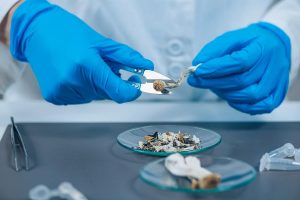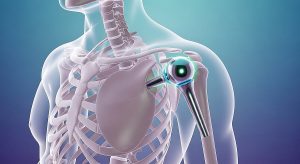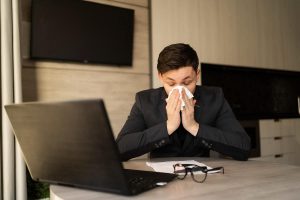When the coronavirus pandemic hit, a number of services that people count on were put on hold — unfortunately, this included therapeutic and educational services for those with autism, according to a new study.
To determine this impact, UCLA’s Center for Autism Research and Treatment distributed a national survey between April 15 and May 1, 2020.
“Our first significant finding was that indeed these individuals and their families were in fact profoundly impacted by the COVID-19 restrictions,” said study author Carly Hyde, a graduate student researcher in UCLA’s Fielding School of Public Health.
The CARING through COVID survey found that 64% of therapeutic and educational services were discontinued that spring. About 32% of services were transitioned to tele-education and 4% remained in person.
Lost services included occupational, physical and speech therapy, as well as social support interventions.
Adults over age 22 were hit hardest, losing 81% of their services. Children aged 1 to 3 lost about 53% of the services they had prior to the pandemic.
Survey participants included families in 46 states. Geographic region did not impact the rate of services lost.
In-person therapeutic support is the primary treatment option for people with many neurodevelopmental conditions, Hyde said. People with autism did continue in-person services at a higher rate compared to those with other neurodevelopmental disorders.
“Particularly with children with these genetic conditions, a lot of them do require substantial hands-on support to deliver these therapies,” Hyde explained, “so even when we’re doing these therapies remotely now, what we’re finding is that parents or caregivers really need to be in person on the other side of the screen with their child to redirect instruction, to provide hands-on assistance.”
Parents also reported increases in behavior concerns, including regression, aggression, increased anxiety and restricted/repetitive behaviors. The rate of services lost was significantly associated with the number of increased symptoms.
Parents who found the tele-education services their children received to be more helpful also reported fewer increased behavioral symptoms in their kids and fewer negative experiences for themselves. Parents’ feelings included anxiety, frustration and fear.
Families also noted some positive experiences. Among them was having easier access to their medical providers because of telehealth, Hyde said. Some parents found their children had reduced social anxiety.
In a follow-up survey in February, researchers found that some of the services had been restored, though a large proportion of the families in the second survey were still receiving some of their services remotely, Hyde said.
Continued monitoring in the coming months and years will help to understand the developmental impact of losing many services for a year, Hyde said. It’s also a time to analyze what worked with telehealth, and to leverage those aspects while eliminating what didn’t work, she said.
The findings were presented Monday at the International Society for Autism Research Virtual Annual Meeting. Such research is considered preliminary until published in a peer-reviewed journal.
The nonprofit SPARK (Simons Powering Autism Research) has also done a number of surveys during the pandemic, said Pamela Feliciano, scientific director at SPARK and the mother of a teenage son with autism.
Its most recent survey last month found about 45% of parents with kids who have autism said their children’s services were still disrupted, from a high of 86% in March. That had changed only minimally since November, Feliciano said.
Feliciano said her son currently goes to school for half days, so he’s getting half the number of hours at school as he would in a typical year. About 39% of kids were still online-only in March, a SPARK survey showed. About 36% were in full-day school and 25% were in hybrid school, she said.
The number of hours of services that children with autism receive really matters. The loss of services can also be devastating for adults who have autism, Feliciano said. She also noted the silver lining of having less social pressure, though having routines change so much can be difficult.
“I think one other issue with the lack of school is there’s definitely a potential for regression. And I think that the CARING study did point out, not so much regression, but increase in behaviors and symptoms,” Feliciano said.
That can increase the burden and have a major impact on a family’s mental health, Feliciano said. The earlier and more you intervene can make a difference in outcome for younger kids, who may also have a harder time with remote services, she said.
“I’m sure there are a lot of parents and families out there who are taking on a lot of the burden themselves and, being a parent myself and having lived through an intensive behavioral intervention from 2 1/2 years old, I can’t even imagine what it would be like to have a young toddler with autism and trying to give them everything that they need,” Feliciano said. “It’s like having to be your kid’s parent and therapist, and it’s hard.”
More information
The U.S. Centers for Disease Control and Prevention has more on autism treatment services.
SOURCES: Carly Hyde, BS, graduate student researcher, UCLA Fielding School of Public Health, Los Angeles; Pamela Feliciano, PhD, Simons Powering Autism Research (SPARK), New York City; International Society for Autism Research virtual annual meeting, May 3, 2021
Source: HealthDay
Copyright © 2025 HealthDay. All rights reserved.

















